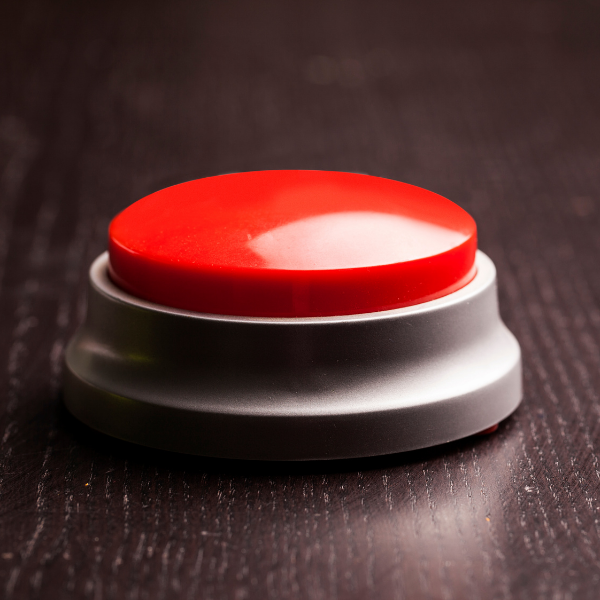
by Lisa Rudge, Director of Parent Services
Types of Motor Tics
Clonic Tics – these motor tics will be quick and sudden e.g. shrugging shoulders, nose twitches, teeth banging, tapping etc.
Tonic Tics – these motor tics are longer than clonic tics, but not prolonged. They involve tensing muscles or muscle groups e.g. jaw clenching, tensing arms against the body, tensing stomach etc.
Dystonic Tics – these motor tics are usually slow, continuous and can last for long periods of time. They may look like exaggerated or abnormal postures, held and tensed in position e.g. twisting limbs, twisting torso, stretched fingers, stretching eyes wide etc.

Triggers
There are some things that can increase tics. These may include:
- Stress
- Excitement
- Tiredness
- Food/Drinks
- Caffeine
- Bright/Flashing Lights
Mythbusting
Myth – “If I can’t see the person tic, they are doing better/no longer have Tourette’s/are making it up”
Fact – Tics wax and wane, and can change in type and frequency with no predictable pattern. Some people can briefly suppress or hold in tics, whilst others cannot.
Tics can also occur internally – if tics are not visible to an onlooker, it does not mean they are not happening.
Myth – “Tics and Tourette’s Syndrome only occur in children”
Fact – Although tics are more frequently seen in children, tics can carry on into adulthood. Some children will see a significant reduction in their tics, or their tics will disappear before adulthood. However, some will find that their tics persist and they will carry on experiencing tics throughout their lives.

You may like to read...
Published - March 18, 2025
Milton Keynes welcomes the largest Neurodiversity Umbrella Project to date!
We are absolutely thrilled to share that the Neurodiversity Umbrella Project has officially landed at Midsummer Place, Milton Keynes! We...

